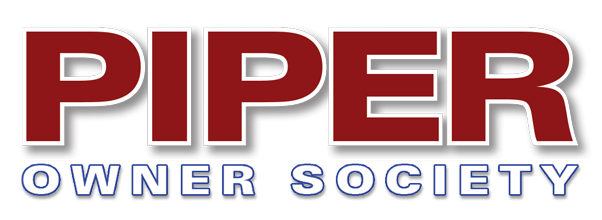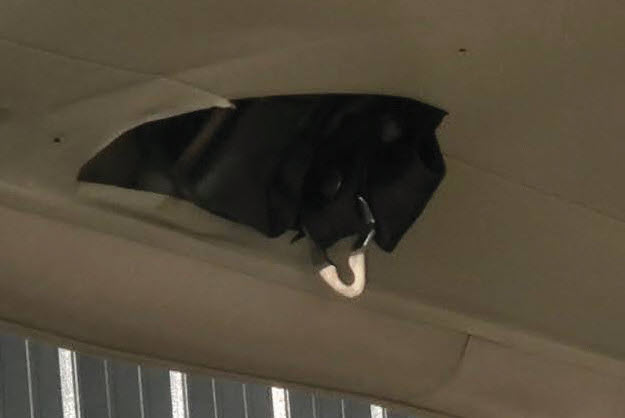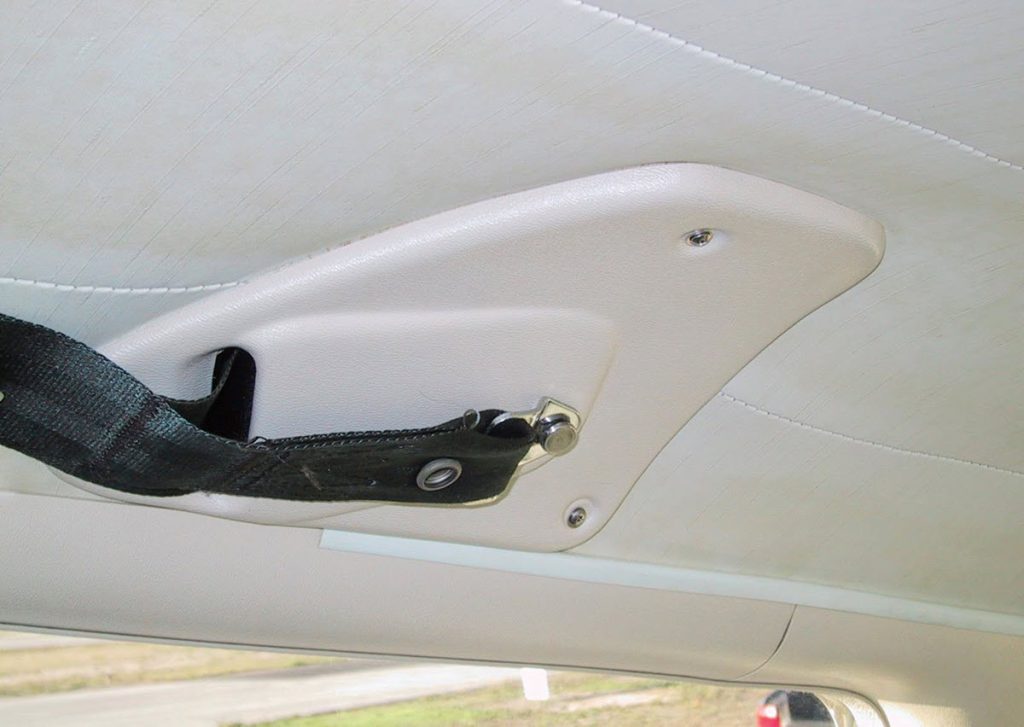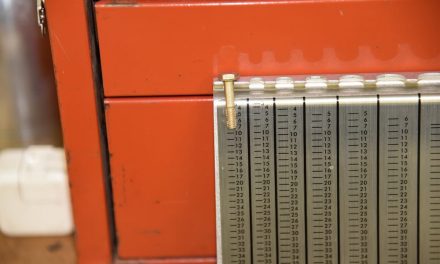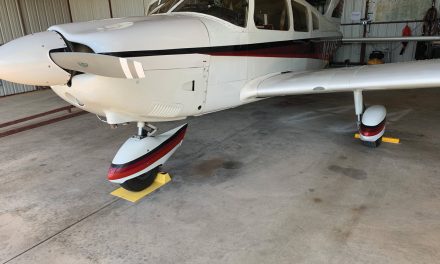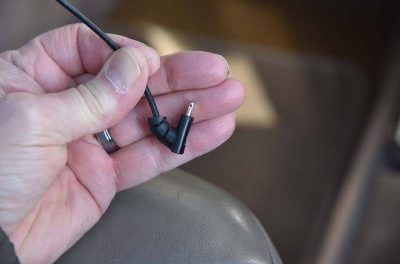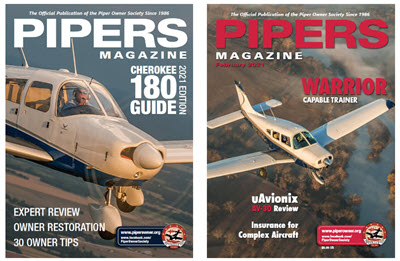By Bob Atkins, President, Plane Parts Company
As time passes, the plastic interior parts of our aircraft succumb to the effects of time, sunlight, heat, wear and tear. This usually leads to an unsightly appearance and diminished functionality. Whether it’s a cracked instrument panel cover, discolored, warped window trim or broken covers, should you invest the time and effort in repairs to breathe new life into these parts, or is it more prudent to replace them entirely?
Generally speaking, if the parts have become discolored or chalky in appearance, but are otherwise not cracked or badly warped and you are handy, it may be worthwhile to carefully remove the various parts from the aircraft, clean, and paint them. Keep in mind that any parts that are more than 15-20 years old will likely be very brittle and need to be handled with great care to avoid fracturing them. If they fracture or break, you will need to replace them.
On the flip side, repairs might not provide a satisfying appearance or long-lasting solution, especially if the original parts are just plain tired. Sometimes you need to know when to let go.
When Repair Makes Sense
Whether you repair or replace, you will need to remove the parts from the aircraft. When considering the option to repair, you can patch up cracks with epoxy and fiberglass. Paint is the best way to freshen up the look of the parts — just be sure to choose the right type of paint. Don’t even think about trying to paint a part while it is installed in the aircraft!
Preparation prior to painting is the key to appealing and long-lasting results. You will need to remove all of the surface contaminants prior to painting. Aggressively scrubbing the parts is almost guaranteed to fracture or break them.
Recommended Cleaning Products:
- Sem Plastic & Leather Prep
- Dupli-Color Multi-Purpose Foaming Prep Cleaner
Both are available in aerosols that are designed to remove wax, oils, and other contaminants from the surface without scrubbing or leaving any residue prior to painting. Be sure to handle the cleaned parts with clean gloves so that your skin oils don’t transfer to the freshly cleaned part.
Paint Recommendation:
- Rust-Oleum Painter’s Touch 2X Ultra Cover Spray Paints
This paint provides an excellent finish with good adhesion and resistance to chipping and fading. Avoid spraying parts in direct sunlight. A shady, warm and dry location outside, in calm conditions, well away from your aircraft is ideal. Always apply a light first coat, wait for it to dry (usually about 10 minutes), and then apply a full second coat. Ideal spray distance is about 12″ with methodical sweeps back and forth beyond the edges of the part. Make sure to coat evenly. Don’t move too slowly or get too close to the part or you run the risk of paint runs that will be very difficult to fix.
Time to Replace
If you don’t want to invest the time and effort to repair, or feel that it won’t yield a satisfactory result, you can find new interior parts in an online search. Be aware that some ‘new’ parts are not ready for installation and may require considerable effort trimming and cutting openings to get them to fit properly. Verify that the new parts you are buying are properly trimmed with the necessary openings and as ready for installation as possible. Whatever you may save on the purchase price for unfinished parts will quickly be eaten up by the time and effort it will take to install them.
Keep in mind that you own a hand-crafted aircraft and that in subtle ways, no two are alike. Even with fully trimmed and ready to install parts, be prepared to spend some time and effort to carefully install and, if necessary, make small adjustments to the new parts so that they fit your aircraft perfectly. You will savor the final result for years to come.
Bob Atkins is a seasoned engineer and corporate executive with more than 30 years of experience. He founded Plane Parts Company (www.planeparts.com) in 1992, specializing in the fabrication and sale of FAA-PMA authorized interior replacement parts for Piper airplanes. In 1998 he started Liquid Cooled Air Power, Inc. (www.liquidcooledairpower.com). They developed and flight-tested a fully liquid cooled conversion of an air-cooled piston aircraft engine, using a 1971 PA-28-180. The intention was to retrofit the existing air cooled engine in order to improve fuel and flight efficiency, while supporting the use of unleaded aviation fuels. He has a comprehensive engineering background and two US patents for the conversion of air-cooled piston aircraft engines to water cooled and for the cooling system instrumentation.
